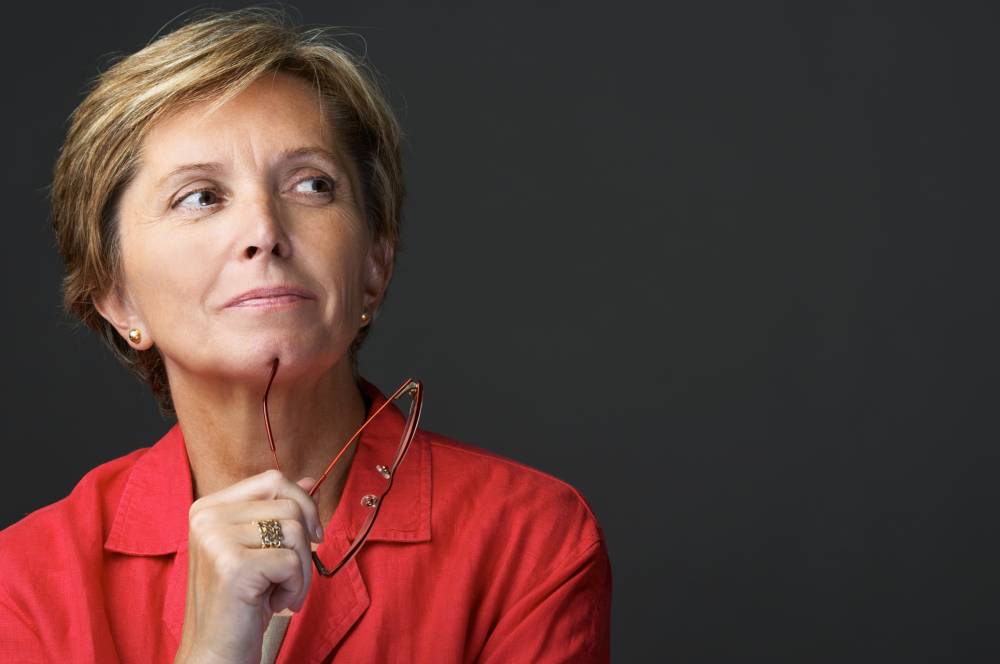
A surprising group of people stand to benefit from the aged care royal commission, whose hearings start today. These are residents of nursing homes in the far future — people in their 50s and 60s, and their children. How is that possible?
All current nursing home residents the royal commission was established to help will have died before there is any substantive change.
The latest statistics show there are 207,142 older people living in 2,695 facilities owned by 902 different providers. These providers receive more than A$11.2 billion a year from the commonwealth government. A total of 57,769 residents, or more than 27%, die every year.
It’s been a long road to this royal commission, paved with repeated shocking and disturbing episodes of neglect, abuse and poor care for our vulnerable elderly parents, grandparents and neighbours in residential care.
However, Oakden was the final straw. The South Australian aged care mental health facility closed in 2017 following revelations of abuse and neglect dating back a decade.
This royal commission has its genesis in the 1997 Aged Care Act. Perhaps its greatest failing was a lack of an explicit single national common standard and understanding of the purpose of residential aged care facilities. That is what should be achieved for the person who becomes a resident.
We all understand the purpose of child care, schools, hospitals and prisons. We judge these by how they improve the lives and well-being of people they serve. However, the absence of a common positive social understanding of the purpose of nursing homes contributes to the community’s inability to judge how well they perform. The Act describes nursing homes’ tasks, activities and services but this is not enough.
Another important and under-recognised factor is that the decade the Aged Care Act was written coincided with new thinking around patient safety, evidence-based practice and clinical governance.
However, over the next two decades, successive governments, regulators and providers did not manage to actively or sufficiently apply this new knowledge to practice. That includes evidence from premature deaths investigated by coroners across Australia.
For instance, Riverside nursing home’s licence was revoked after 57 residents had kerosene added to baths in January 2000 to control an outbreak of scabies. A fundamental contributing factor was the failure to apply up-to-date evidence. We’d known about a better treatment for scabies since 1931.
And in Victoria, staff failed to disclose to the family, GP and coroner the true circumstances of a resident who was found dead, lying head-first in an outdoor water feature. A contributing factor was not promoting the right culture for incidents to be reported and disclosed openly.
The royal commission will revisit the known. It will also uncover more criminal acts and other deliberate acts of elder abuse. It will examine care that causes unintended harm and premature death from injury.
The scale of the investigation is enormous and far greater than most people realise. We don’t know the breadth and depth of harm across the nation as this has not previously been examined in a rigorous, systematic way that we do with health care.
The royal commission appears to have limited its investigation to the nature of care over the past five years, which covers the current 207,142 living residents and the those who died in the past five years (around 290,000 residents).
The health department’s submission to the House of Representatives inquiry into residential aged care (submission 72, p8), advised receiving reports of assault or alleged assault of 1.2% of residents a year. Over five years, the total number of residents affected would be more than 12,400 incidents (1.2% of 207,000 residents each year for five years).
Along with these serious incidents of potential abuse remains the question of substandard clinical care. A conservative estimate would be based on the premise that aged care performs as well as health care, which harms a minimum of 6% of patients from each interaction. This equates to more than 62,100 incidents of harm (6% of 207,000 residents each year for five years).
The scale of neglect and abuse is potentially so large the royal commission will be consumed with addressing the potential criminal and human rights abuses. This is also consistent with why royal commissions are usually called — to investigate corruption, impropriety, illegal activity or gross administrative incompetence.
The challenge facing the royal commission is to better understand and rectify substandard clinical care by identifying how the aged care sector, government, regulators and health professionals failed to recognise, report and address this harm. By comparison, we’ve know how to do this in the health care sector since 2000.
We also need the royal commission to lead to reforms that shift the sector from being ranked 17th of 96 countries internationally to one that is exceptional, on par with the performance of our health care system.
This royal commission matters most to those who are still young, healthy and living at home. It is this group who will receive the benefits of any positive reforms or suffer the consequences of any shortcomings.
Given the broad terms of reference for the royal commission, it is difficult to imagine how it will deliver its findings in 12 months. A more realistic estimate is the inquiry will take up to three years followed by a fourth year for the incumbent government to consider the recommendations, a fifth year for reform to be debated in parliament and legislated, then five years for any substantive policy and practice reforms to be put in place.
This takes us to 2030, by which time at least four cohorts of residents will have entered a nursing home and died.